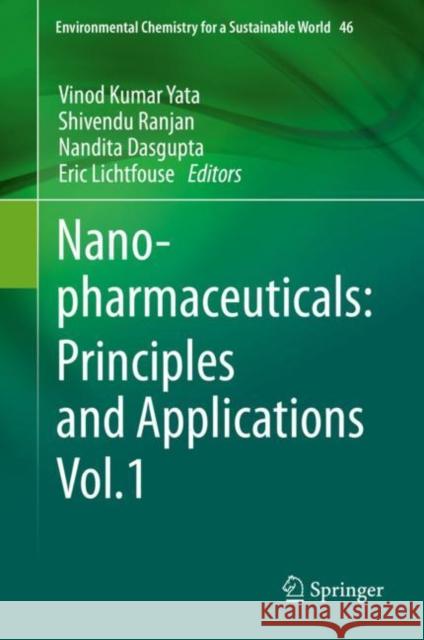Nanopharmaceuticals: Principles and Applications Vol. 1 » książka
topmenu
Nanopharmaceuticals: Principles and Applications Vol. 1
ISBN-13: 9783030449247 / Angielski / Twarda / 2020 / 381 str.
Nanopharmaceuticals: Principles and Applications Vol. 1
ISBN-13: 9783030449247 / Angielski / Twarda / 2020 / 381 str.
cena 724,58
(netto: 690,08 VAT: 5%)
Najniższa cena z 30 dni: 693,97
(netto: 690,08 VAT: 5%)
Najniższa cena z 30 dni: 693,97
Termin realizacji zamówienia:
ok. 22 dni roboczych.
ok. 22 dni roboczych.
Darmowa dostawa!
Kategorie:
Kategorie BISAC:
Wydawca:
Springer
Seria wydawnicza:
Język:
Angielski
ISBN-13:
9783030449247
Rok wydania:
2020
Wydanie:
2021
Numer serii:
000466533
Ilość stron:
381
Waga:
0.68 kg
Wymiary:
23.88 x 19.56 x 2.03
Oprawa:
Twarda
Wolumenów:
01











